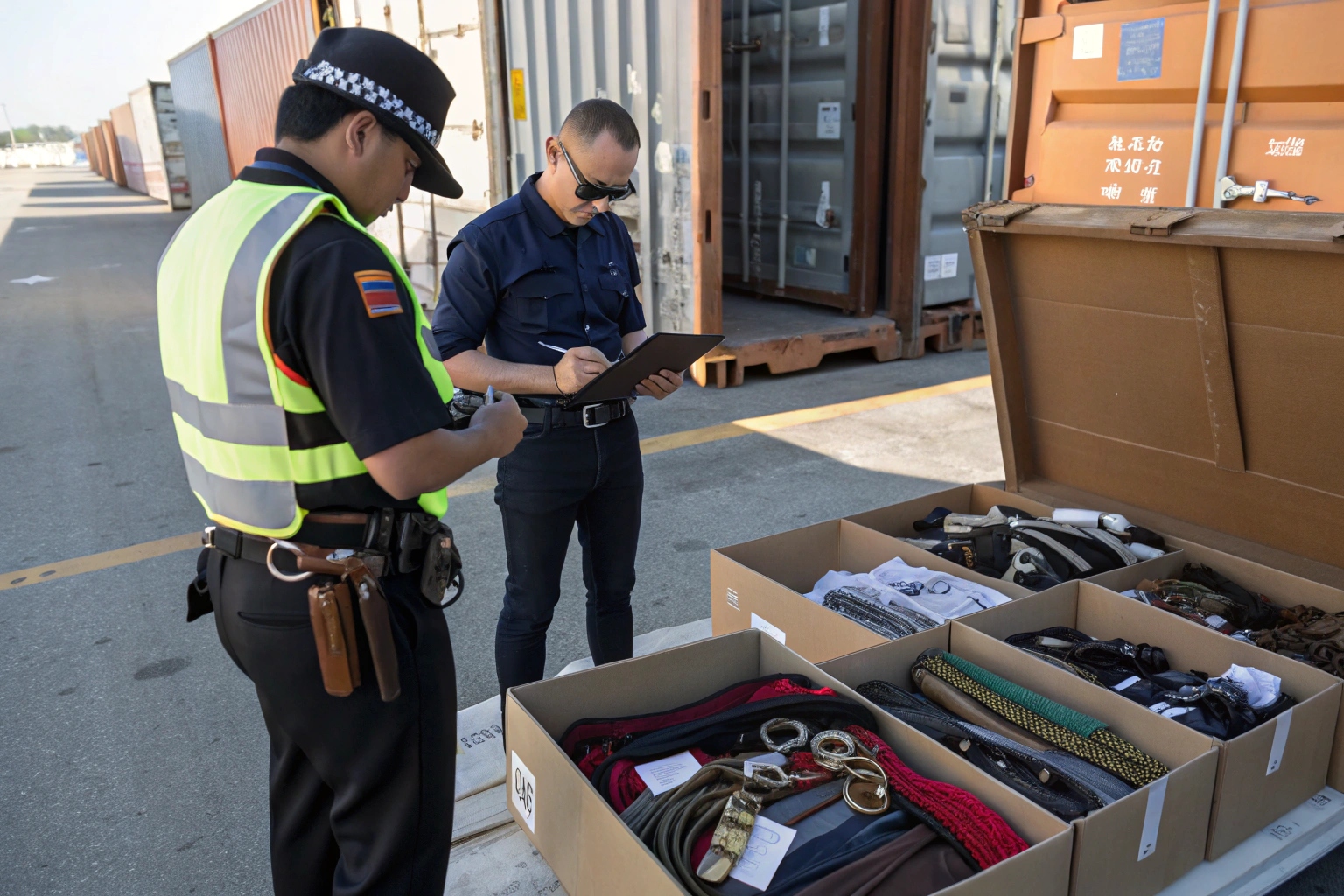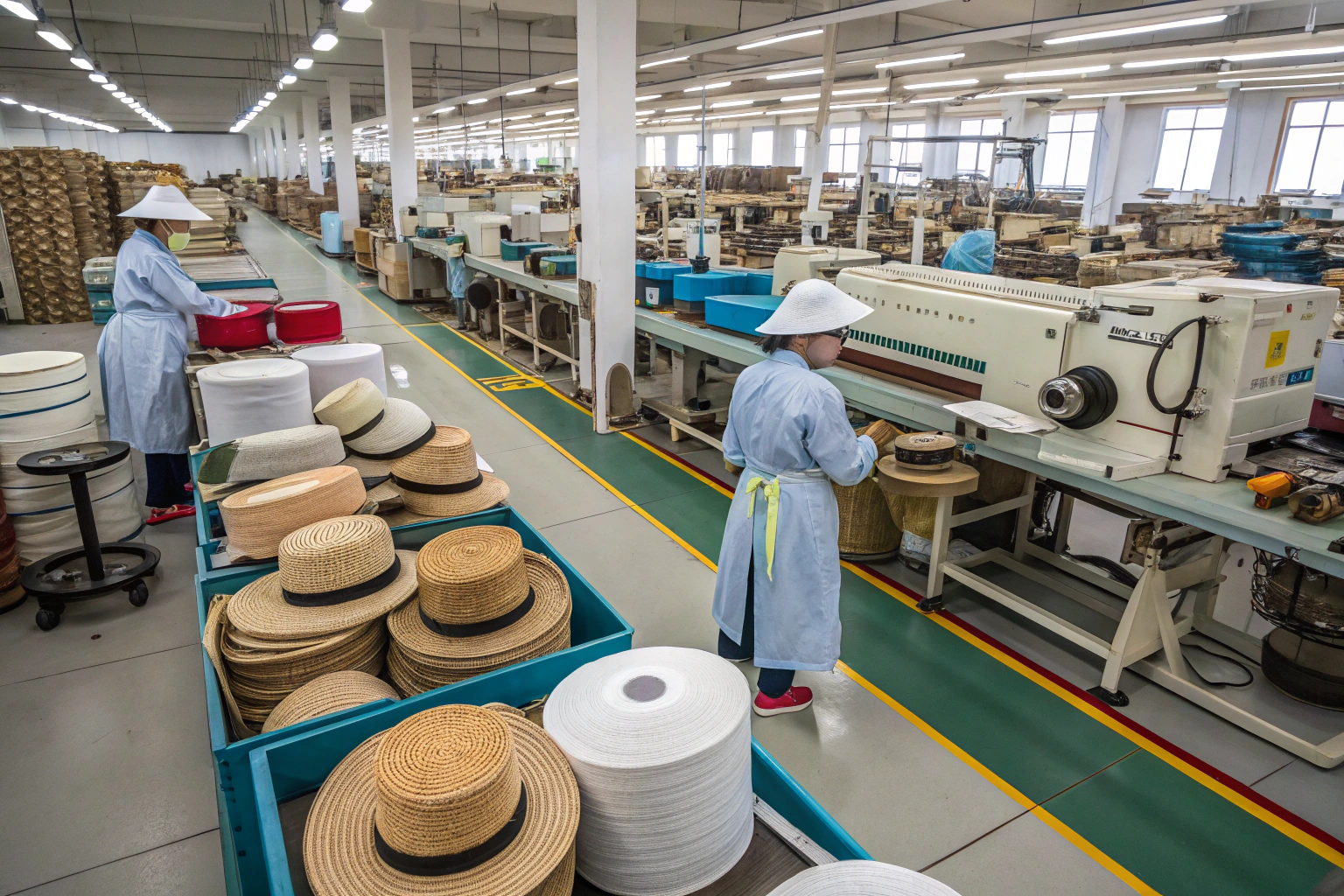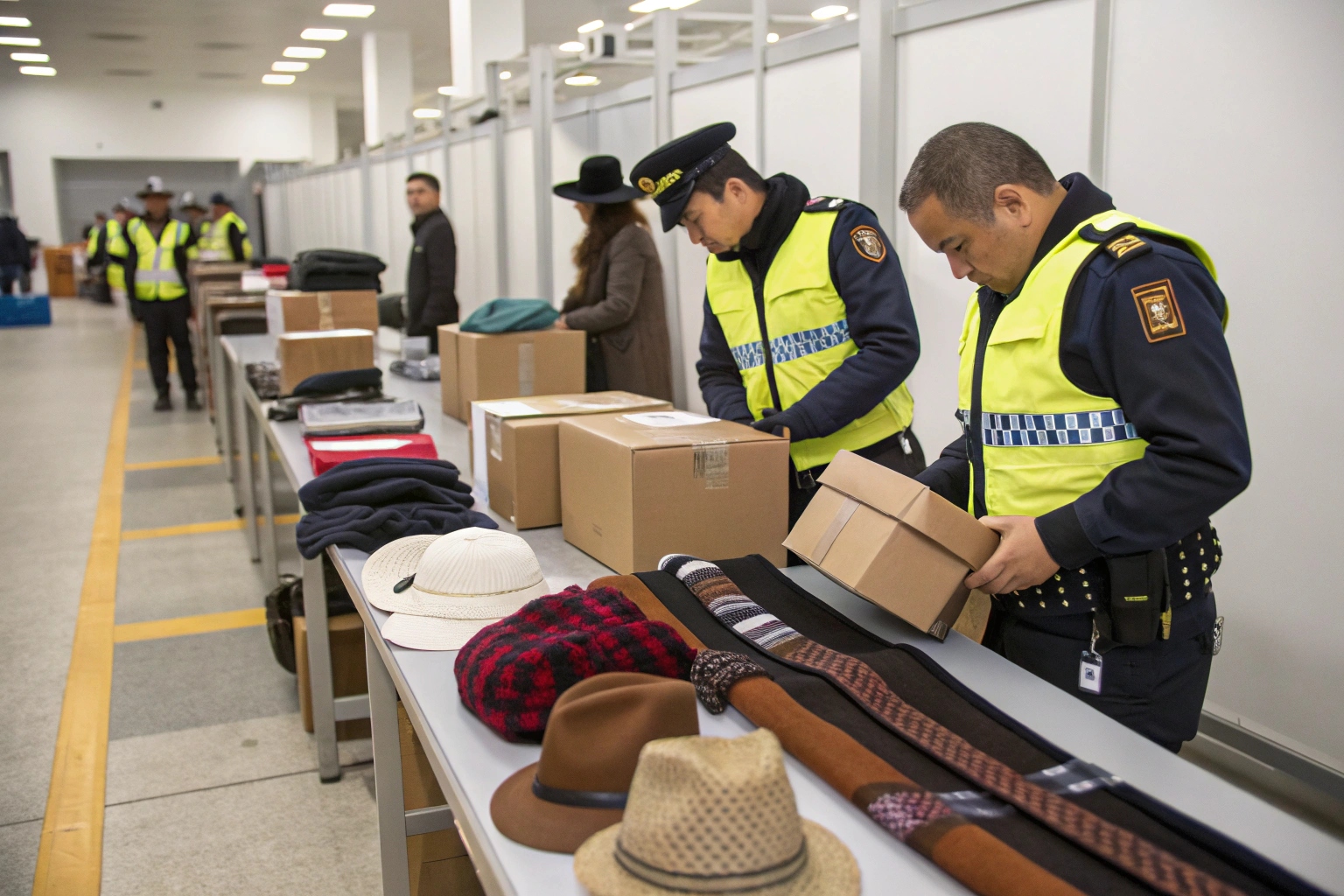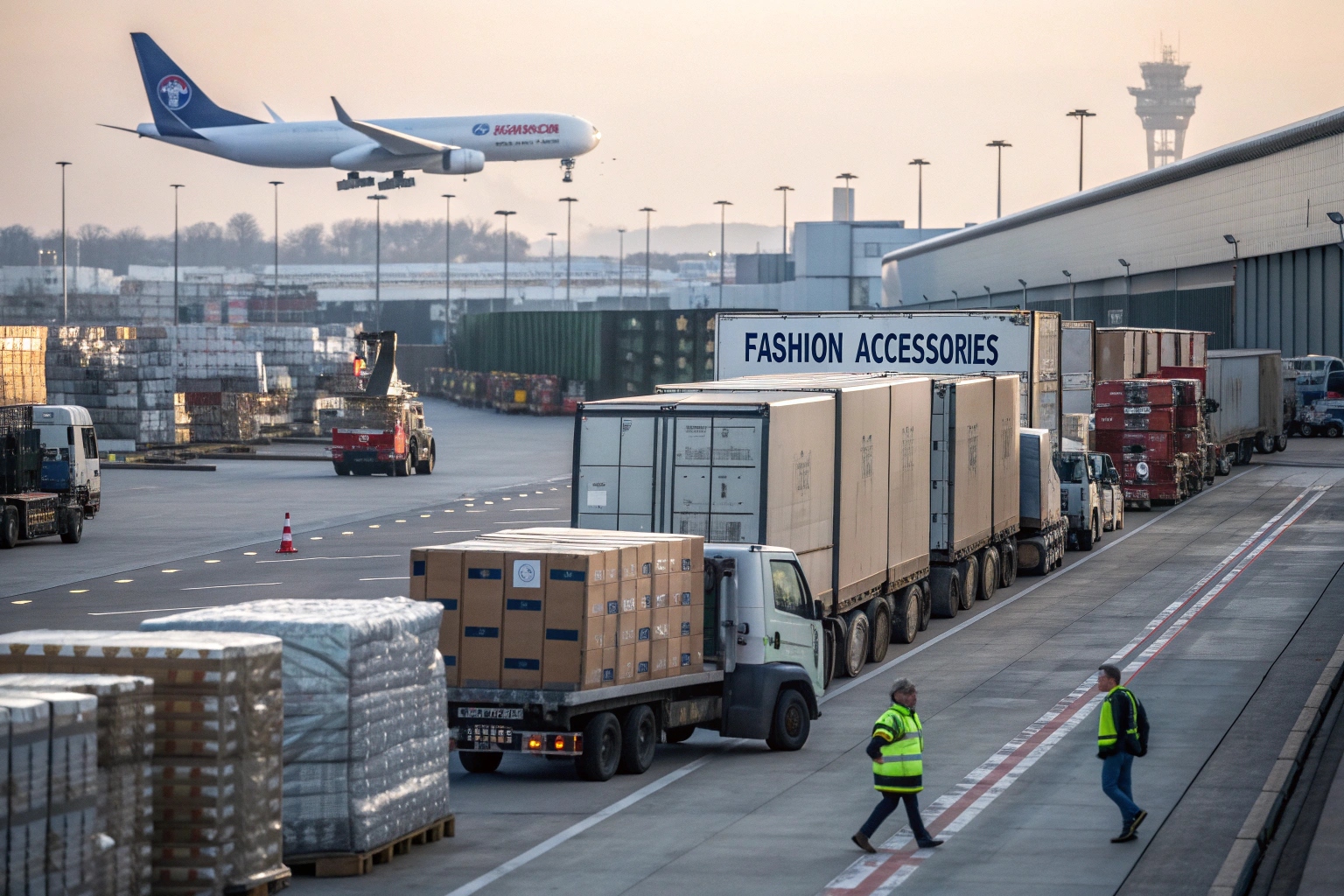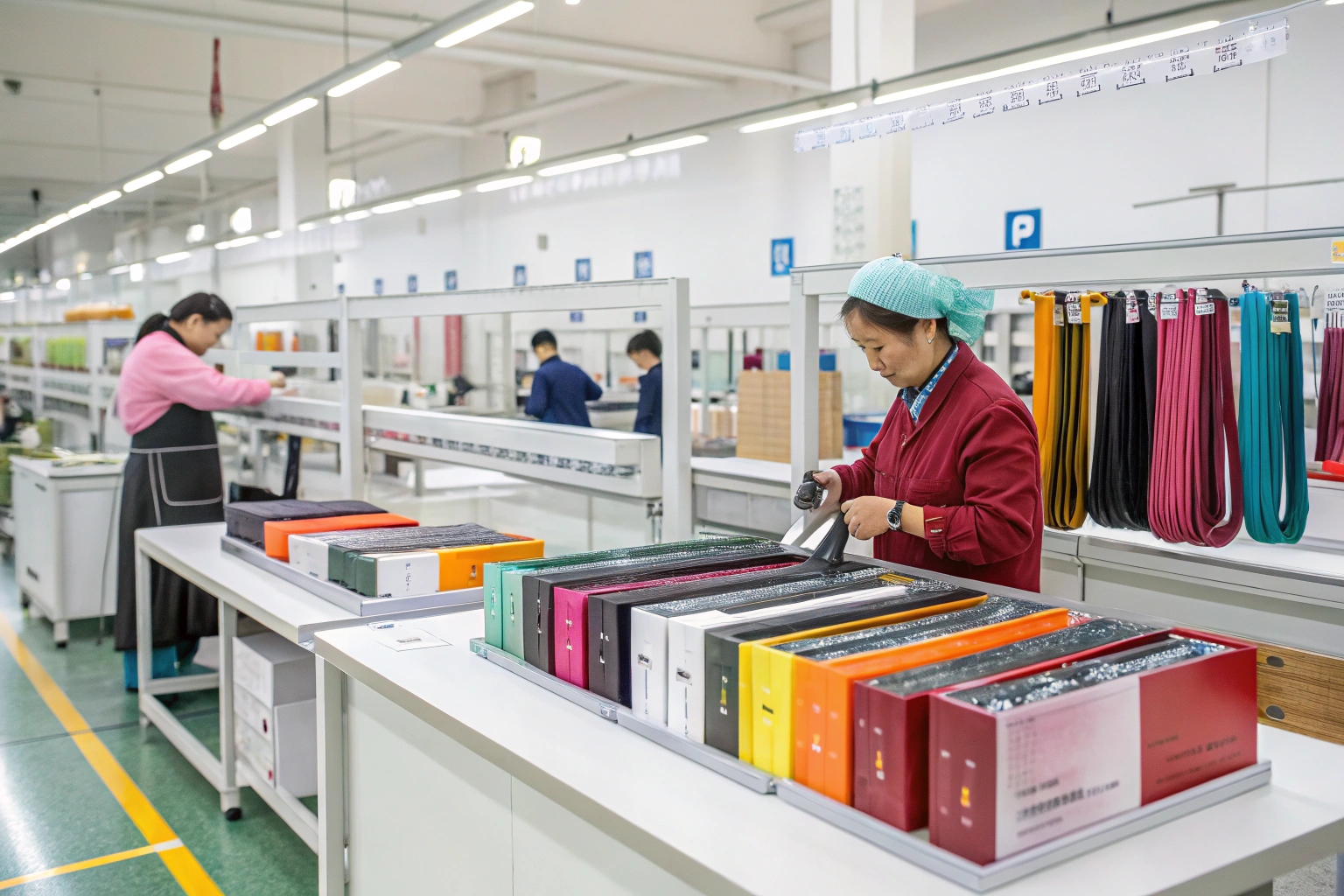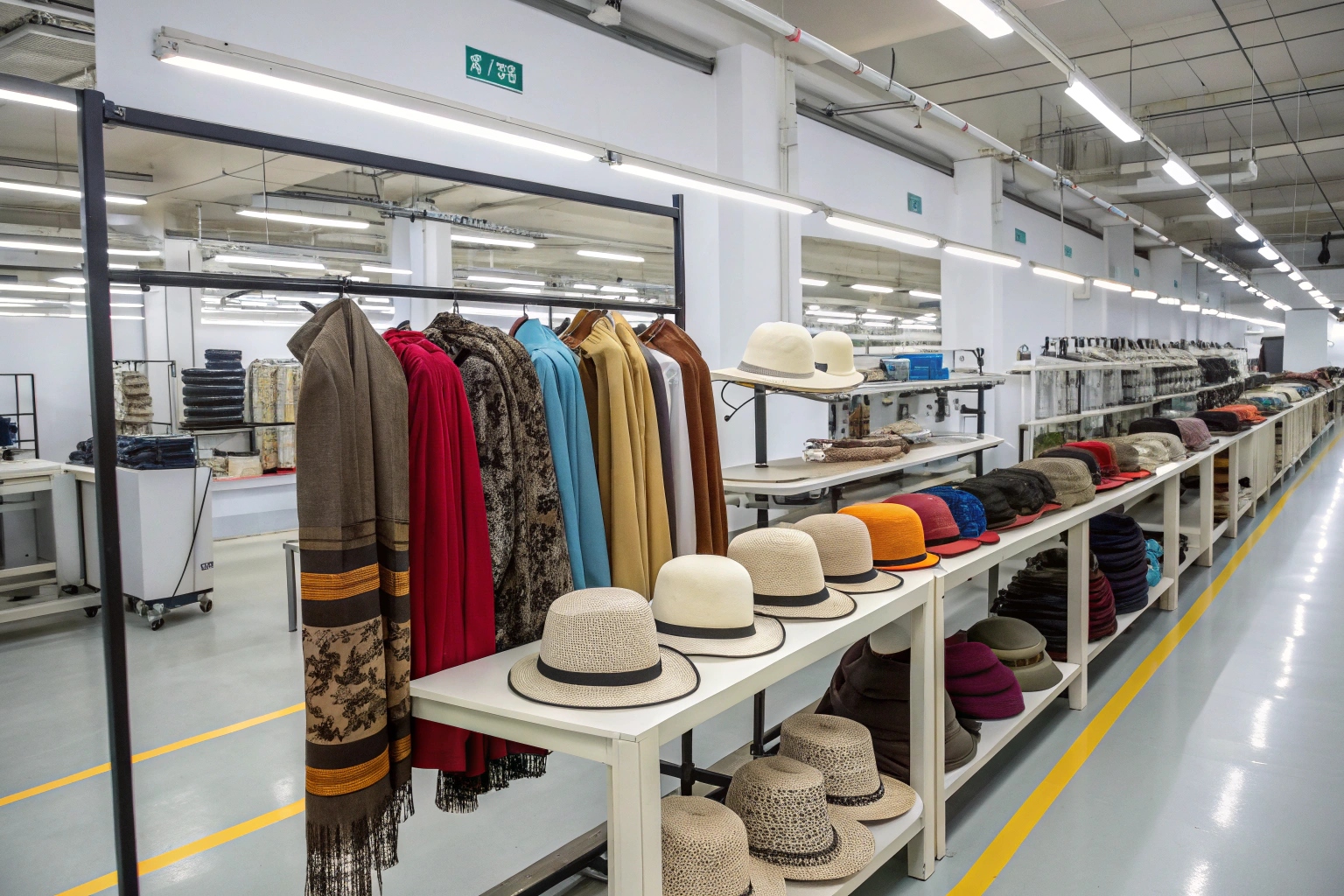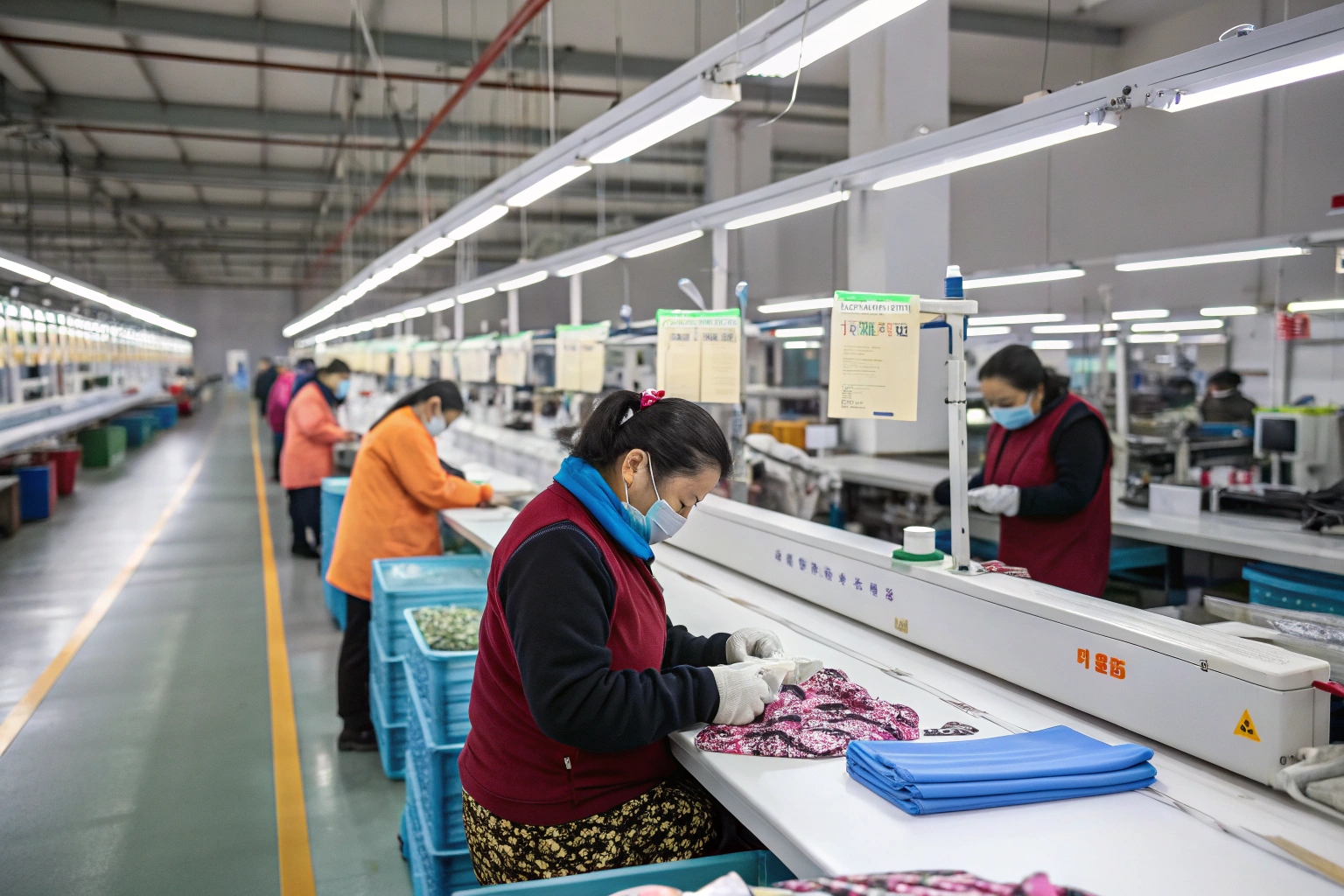Delays in customs clearance can destroy your shipping schedule. Even worse, vague or incorrect product descriptions can lead to heavy fines, shipment seizures, or brand reputation damage—especially for accessory exporters like us in China.
To ensure accurate customs clearance, you need product descriptions that match your HS code, include essential keywords, detail the product's use, and reflect the material composition. This avoids misclassification, helps speed up border checks, and reduces compliance risks.
At AceAccessory, we’ve helped hundreds of overseas buyers get their shipments cleared smoothly into the U.S. and Europe. Let me walk you through how we get it right every time.
Why do customs care so much about product descriptions?
Product descriptions aren’t just for your internal team. They’re reviewed by customs agents and software systems. One missing word—or one misleading phrase—can result in extra taxes or delays.
Customs authorities use product descriptions to verify classification, assess duties, enforce safety laws, and block illegal imports. Vague or overly promotional language raises red flags.
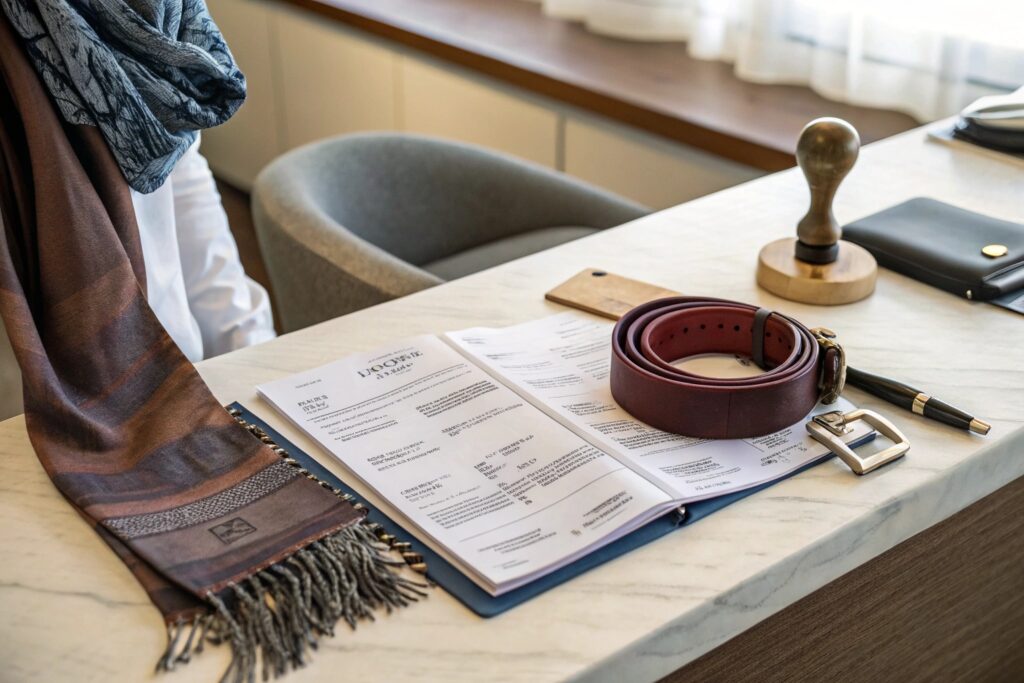
What do customs want to see in a product description?
They’re not looking for your marketing pitch. Instead, they expect factual, objective language like:
- Material composition (e.g., 100% polyester)
- Primary use (e.g., women’s fashion belt)
- Product type (e.g., elastic hairband)
- Country of origin
- Brand or model (if relevant)
Even CBP guidelines emphasize clear, descriptive information—not sales language or abbreviations.
What happens if your description is unclear?
If a customs officer can’t match your declaration with the product or HS code, they’ll hold the shipment for manual review. This can mean days of delay and re-inspection fees.
Worse, you might face tariff reclassification at a higher rate—costing your business thousands of dollars.
What are the essential elements of a compliant product description?
A good description is more than just a line in your invoice—it’s the foundation of compliant cross-border trade. You need to train your team to write them properly.
Essential description elements include product type, material, function, manufacturing method, gender or age use, and country of origin.
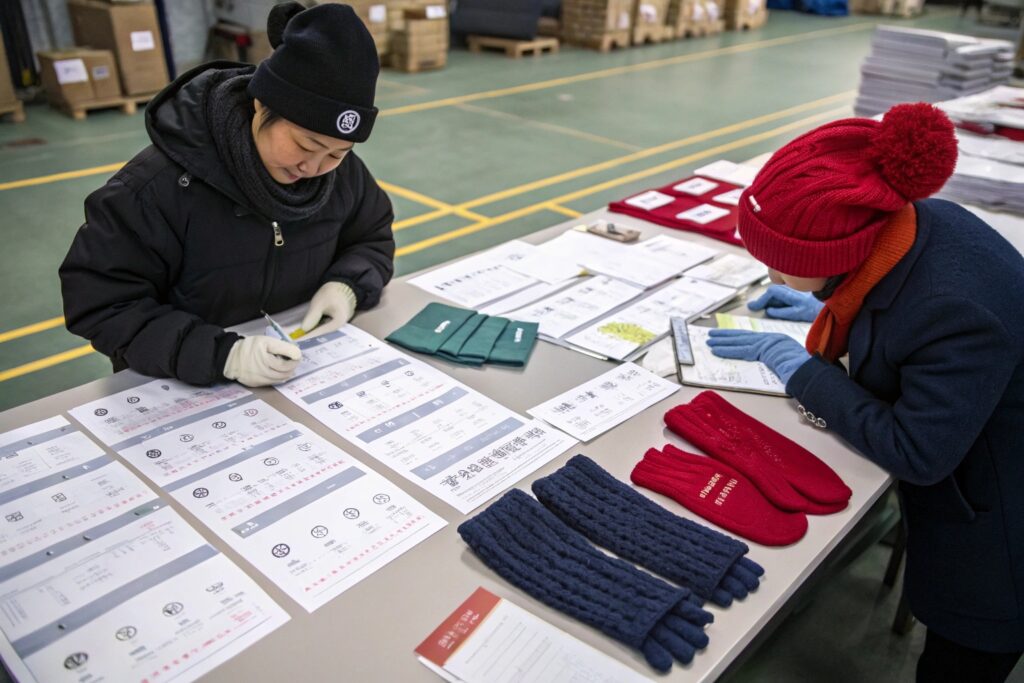
What does a perfect accessory description look like?
Here are examples we use in our exports:
- “Women’s knitted acrylic scarf, 100% acrylic, fashion use, China origin”
- “PU belt with alloy buckle, men’s fashion accessory, width 3.5cm”
- “Plastic hair clip, injection-molded, 6cm length, adult use, China origin”
This level of detail helps freight forwarders assign correct HS codes and clears customs in countries like the U.S., UK, and Germany.
Should you include intended use or packaging info?
Yes—especially if it changes duty rate or classification. For example, some gift sets are taxed differently than single items.
If the scarf comes in a retail-ready box, mention “individually boxed” to prevent customs undervaluing the goods or rejecting the declared value.
How to match your product descriptions with HS codes?
HS code matching is a vital step in customs clearance. If your product description doesn’t support the selected code, customs will flag it or apply a generic (and expensive) tariff.
Your product description and HS code must align in terms of material, use, and product category. Use WCO, CBP, or country-specific databases to confirm.

How do you search for the correct HS code?
Use tools like:
Search using keywords like “woven scarf,” “synthetic belt,” or “hair clip.” Then cross-check the notes to confirm if it fits your materials and end use.
What if the product is made of multiple materials?
Go with the dominant component by weight or function. If your belt is 60% PU and 40% elastic, it’s generally classified under plastic-based HS codes.
Include both materials in your description to justify your choice. Customs needs to see the logic behind your HS decision.
How can forwarders and suppliers help with customs descriptions?
You don’t need to handle product descriptions alone. Experienced suppliers and forwarders can help you optimize documents and avoid delays.
Professional accessory manufacturers and forwarders often pre-fill accurate product descriptions based on historical exports and customs databases.
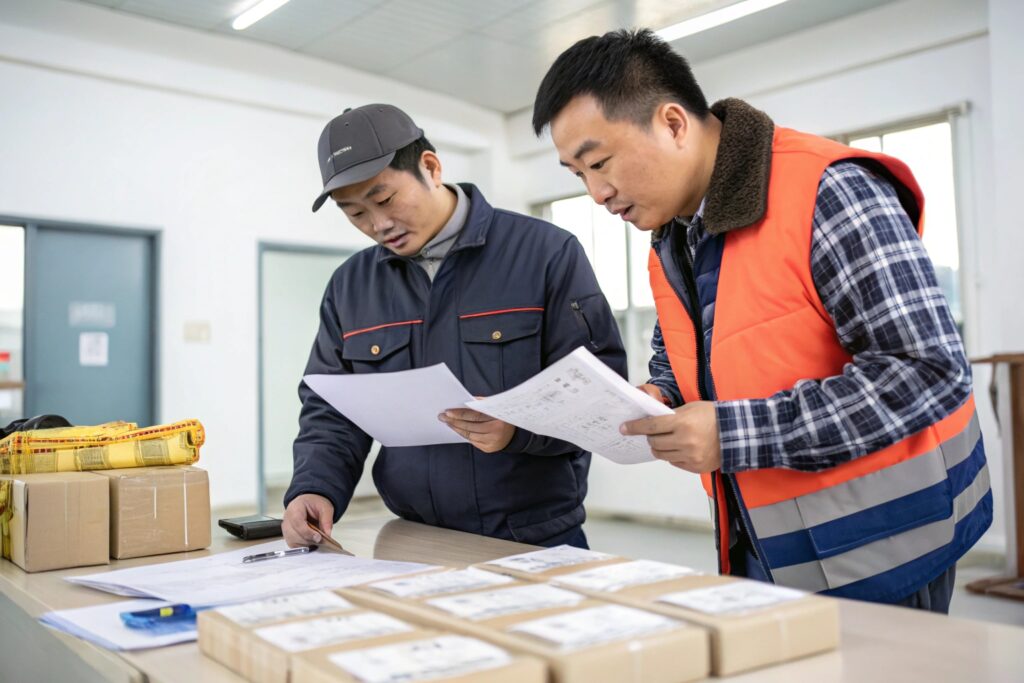
Should you let your supplier prepare the customs documents?
Yes—but only if they’re experienced exporters. At AceAccessory, we fill out commercial invoices with HS codes, accurate product names, and value breakdowns.
We also align with our freight partners to make sure packing lists and shipping labels match the descriptions, helping smooth customs clearance.
Can forwarders assist in HS code review and submission?
Top forwarders like Flexport or Freightos offer classification support. They help validate your HS codes, value declarations, and help resolve customs queries faster than most sellers can alone.
Choose partners with compliance knowledge—not just shipping speed. It saves you time, penalties, and stress at every port.
Conclusion
Accurate product descriptions are more than paperwork—they are your shipment’s passport across borders. At AceAccessory, we’ve learned that every word counts. That’s why we write every invoice, label, and code as if customs are watching—because they are.
By combining clear descriptions, accurate HS codes, and partner coordination, you can avoid clearance delays, duty disputes, and shipment seizures. Whether you're shipping belts, scarves, or hair clips—write smart, ship smarter.

